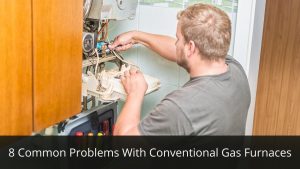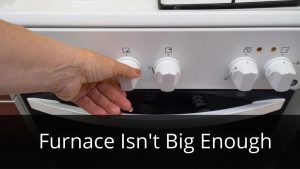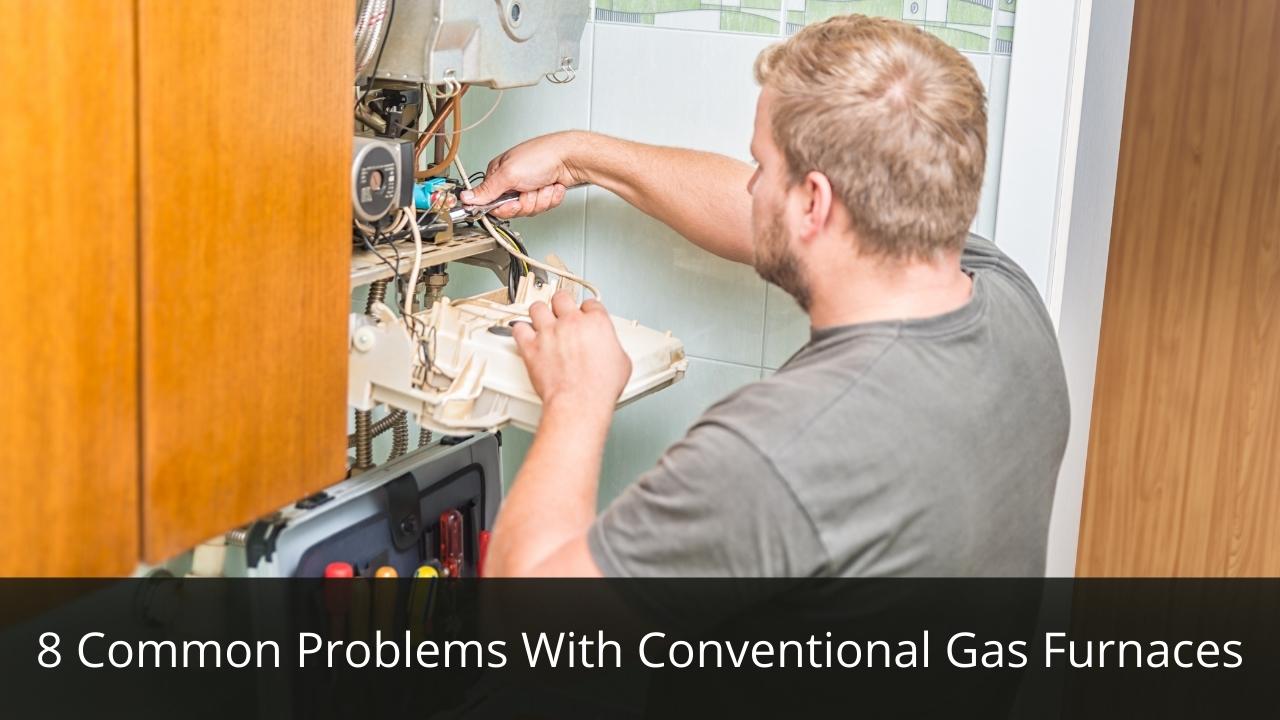Introduction
Rheem gas heater repair
Gas furnaces heat up your home by burning natural gas to produce hot air.
Furnace problems are common and can have a significant negative impact on the quality of life in your home.
Gas furnaces are more likely to experience problems than other heating systems.
8 Common Problems With Conventional Gas Furnaces

1. Noisy operation
2. Leaking gas or water
3. Not enough heat
4. Low efficiency
5. Frequent repair calls
6. High energy bills and carbon dioxide emissions
7. High repair costs
8. Unsightly, noisy, or dangerous venting systems
Problem #1: The furnace Isn’t Big Enough

The size of a furnace is determined by the BTU or British Thermal Unit. The smaller the home, the lower its heating needs will be and thus a smaller heater will suffice in such a home.
Problem #2: Old, Worn-Out Furnace
An old, worn-out furnace is a major cause of energy loss. Modern furnaces are more efficient and advanced than their predecessors. The efficiency can be as high as 96% for some furnaces.
Problem #3: The furnace is Noisy
The furnace may be running noisily, or it might make a loud knocking sound. This could indicate that the fan blades are not spinning properly, or that the motor has seized up.
The furnace may also be noisy if it is too close to a solid structure such as a wall or an adjacent air duct. If this is the case, moving the furnace away from these objects can help to reduce noise.
Problem #4: Dust and Dirt Everywhere
Problem #4: Dust and Dirt. Like any machine, a furnace needs to be cleaned periodically. A dirty furnace can lead to expensive repairs by reducing the life of your heating system due to the accumulation of dust and dirt in the blower, coil, or heat exchanger.
The fourth problem with conventional gas furnaces is how often it needs to be cleaned. A dirty furnace can lead to expensive repairs by reducing the life of your heating system due to the accumulation of dust and dirt in the blower, coil, or heat exchanger.
The annual maintenance cost for gas furnaces is about $170 a year, and cleaning the furnace should be included in this cost.
Problem #5: Heating Bills are Too High
Gas furnaces are one of the most popular heating systems in America because they have high efficiency and cost less to operate than oil or electric heat. However, not all gas furnace installations are created equal. Some homes may experience high heating bills, which is a result of improper installation or inefficient use of the furnace.
To address this problem, install an Energy Star-qualified gas furnace with a variable-speed blower to keep your home comfortable while using less energy.
Problem #6: Cold Air Coming From the Vents
Sometimes, the air coming from a conventional gas furnace is cold. This can be caused by insufficient air circulation in the home or because of an improperly-sized duct system. Insufficient airflow can be remedied by adding an extra register.
How to Choose the Right Furnace for Your Home
If you’re shopping for a new furnace, look for one with the Energy Star label. The EPA estimates that furnaces with this label can save homeowners as much as $180 per year on their utility bills.
How to Choose a Furnace Filter
Furnaces are designed with filters that need to be replaced periodically. The best choice for your home is an electrostatic filter, which can be cleaned and reused.
You can also choose a disposable filter, but these should be replaced at least once per month. If you have allergies or asthma, opt for an electrostatic filter that is designed to capture smaller particles.
How Often Should You Change Your Furnace Filters?
You should change your filters once every three months if you live in a dusty area or have pets, and once every six months if you live in an area with little dust or pet dander.
How to Change Your Furnace Filters
When changing your filter, be sure that the power is turned off at the circuit breaker. Then, remove your old filter and dispose of it properly in a trash can that is outside or in a covered garbage container.
When you replace the new filter, be sure that it is the right size. If you have a round filter, be sure to insert it into the slot with its outer edge first and then push down on the centre of the filter until you hear it snap into place. This will ensure that the filter is secure and in the right position.
How to Clean Your Furnace Filters
If your furnace has a permanent, washable filter, you can clean it yourself. You will need to use a vacuum cleaner with a hose attachment and be sure that the power is turned off at the circuit breaker. Then, remove your old filter and vacuum the bottom of your furnace to remove any dust or dirt.
The next step is to place a new filter in the slot, and then vacuum it again. You should also vacuum around the edges of the filter to ensure that it is completely clean.
How Often Should You Change Your Furnace Filters?
It’s important to change your filters regularly, but how often you need to do it depends on the quality of your filters and how dirty they get. If you have a permanent filter that can’t be washed, it should be changed every three months or so. However, if you have a washable filter, you should clean it every month or two.
The last thing to do is plug the furnace back in and turn on the circuit breaker. Then, turn on your thermostat and set the temperature to a comfortable level.
If you have any questions about your furnace, don’t hesitate to give us a call!
Conclusion
Conventional gas furnaces are a common option for homeowners who want to heat their homes. They offer many benefits like clean, efficient heating and being relatively affordable. However, these types of furnaces are not without their flaws.

